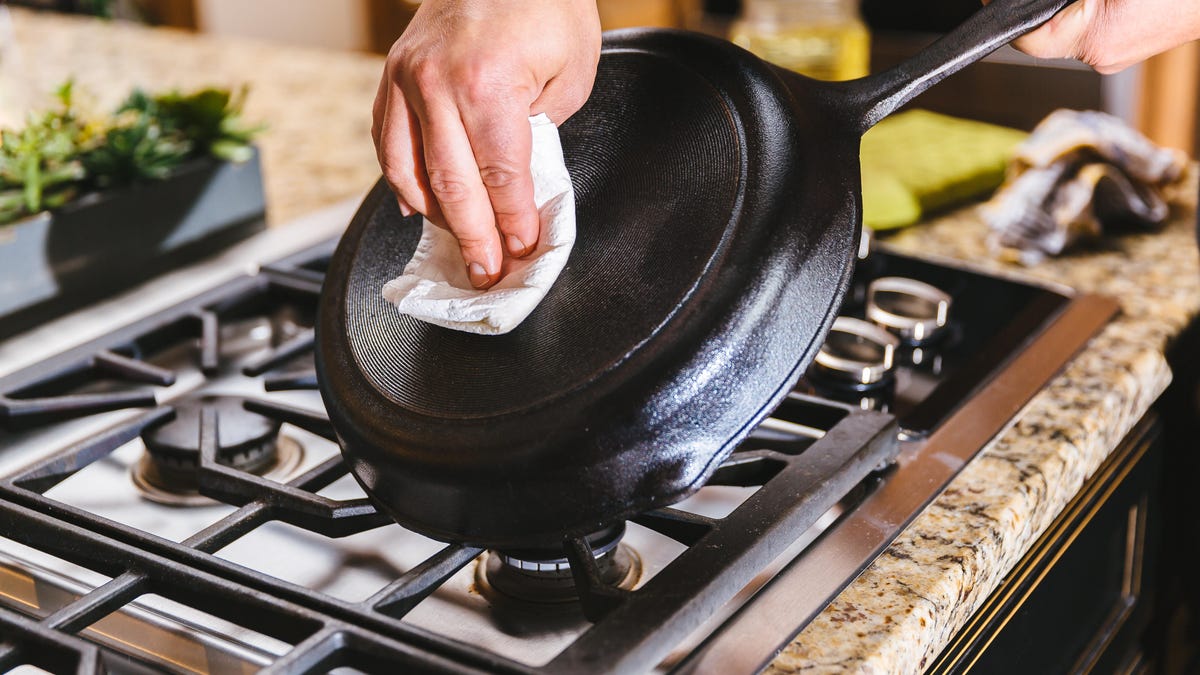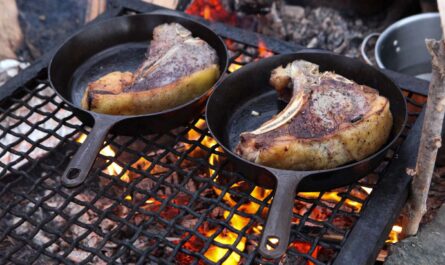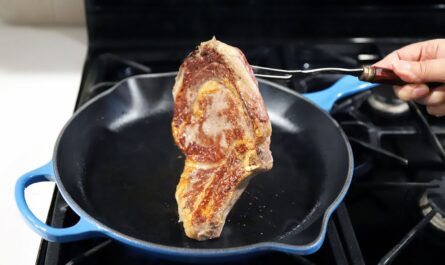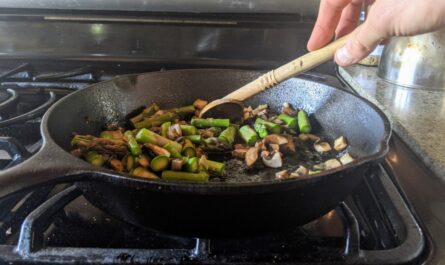A cast iron skillet is a workhorse in the kitchen, offering longevity, versatility, and a terrific cooking experience when properly cared for. One critical step for ensuring your skillet lasts for years is the seasoning process referred to as curing. Learning how to cure a cast iron skillet is a skill that will help prolong its life and maintain its cooking performance.
If youre just getting started or looking for a refresher, the process of curing and maintaining cast iron cookware is not nearly as daunting as it may seem. By following these steps, you can keep your skillet in its best condition.

The Tremendous Importance of Curing Your Cast Iron Skillet
Seasoning or curing a cast iron skillet involves coating it with oil and heating it to form a non-stick, protective layer. This process not only prevents food from sticking but also guards against rust and enhances its cooking performance. When properly cured, your skillet becomes a tremendous asset in the kitchen, especially for those who love meals like seared steaks, crispy fish, or perfectly cooked sausages.
What You’ll Need to Get Started
To cure your skillet effectively, you need the following items:
- A clean cast iron skillet
- Neutral oil (e.g., vegetable oil, flaxseed oil)
- Paper towels
- An oven or stovetop
- Soap and a non-abrasive sponge (for initial cleaning)
Preparation: Cleaning Your Skillet
Before you begin seasoning, ensure your skillet is clean. If its new, remove the factory coating by washing it with warm water and mild soap. For already-used skillets, use a non-abrasive sponge to remove any debris or stuck-on food. Dry the skillet thoroughly to avoid rust.
For more cleaning tips, check out this preparation guide.
Step-by-Step Guide on How to Cure a Cast Iron Skillet
Step 1: Coat with Oil
Pour a small amount of neutral oil onto a paper towel and rub it into every surface of your skillet, including the handle and bottom. The key here is thoroughness but dont use too much oil! Excess oil can create uneven seasoning.
Step 2: Heat the Skillet
Place your skillet in an oven pre-heated to 450F (232C). Position it upside down to prevent pooling of oil. Allow the skillet to bake for one hour to let the oil bond with the iron, forming the seasoning layer.
Step 3: Cool Down
After the hour is up, turn off the oven and leave your skillet inside to cool gradually. This cooling step ensures that the seasoning layer hardens properly. Once the skillet has cooled, youll notice a smooth, shiny finish.
How Often Should You Cure a Cast Iron Skillet?
Regular usage and proper cleaning will naturally maintain your skillets seasoning. However, if food starts sticking or the surface appears dull, its time to re-season. For heavy-duty usage, some people prefer curing their skillet every few months.
Common Mistakes to Avoid
- Too Much Oil: Using excessive oil can lead to sticky residue.
- Skipping Cleaning: Failing to clean your skillet before curing can result in uneven seasoning.
- Rushing the Process: Proper curing takes time and patience.
Maintaining Your Cured Cast Iron Skillet
Once cured, regular maintenance is crucial to keep your skillet in its prime condition:
- Clean your skillet immediately after use with warm water and a sponge.
- Dry completely to prevent rust formation.
- Add a light oil coating before storing.
Cooking with a Seasoned Skillet
A cured cast iron skillet is perfect for recipes like crispy halibut or seared ribeye steaks. Explore amazing dishes in these articles:
Why Sushi Lovers Can Benefit from a Cast Iron Skillet
Even sushi enthusiasts can use a cast iron skillet for dishes like cooked sushi rolls or seared fish steaks. The skillets tremendous heat retention makes it ideal for quick cooking techniques that preserve flavor and texture.
Myths About Cast Iron Skillets
There are several myths surrounding cast iron care. Some people think you should never use soap on cast iron, but mild soap is safe as long as you reseason afterward. Another myth is that cast iron is not ideal for acidic foodsbut short cooking times are perfectly acceptable.
Recommended External Resources
For additional insights on skillet recipes and care tips, you can visit this recipe guide.

FAQs
Why is curing important for a cast iron skillet?
Curing creates a non-stick layer and protects the skillet from rust. It enhances cooking performance significantly.
Can I use other types of oil for seasoning?
Yes, any neutral oil with a high smoke point can be used. Common choices include flaxseed oil, vegetable oil, and grapeseed oil.
How can I tell if my skillet needs to be cured again?
If food starts sticking frequently or the surface appears dull instead of shiny, its time to re-cure.
This article contains affiliate links. We may earn a commission at no extra cost to you.




